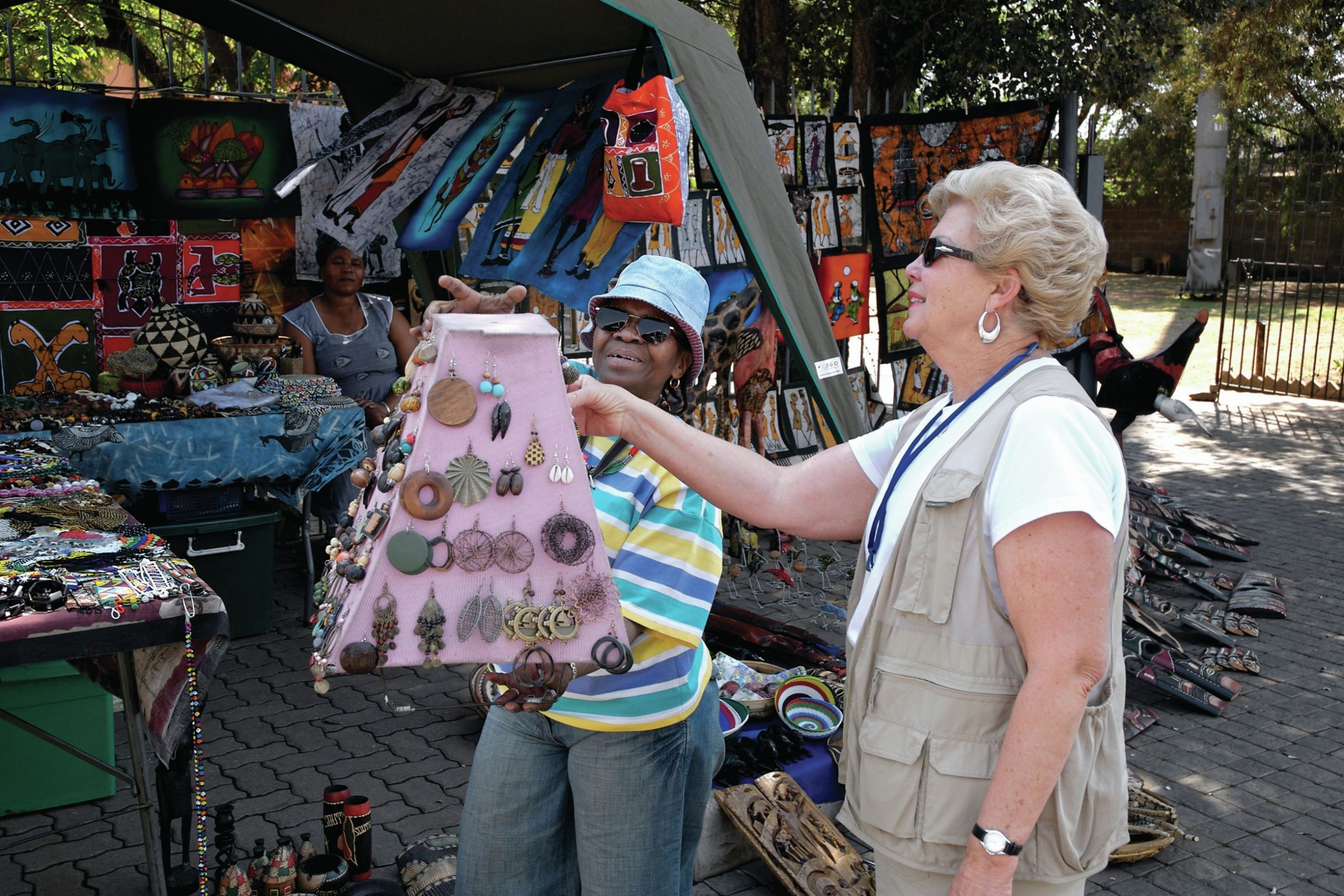
At the end of apartheid in 1994, South Africa was receiving roughly 3 million tourists a year. This grew to 7.4 million in 2005 and over 8 million in 2010. South Africa is a popular destination because of the great diversity of places to visit and activities to engage in: culture, sport (including the 2010 FIFA World Cup), ecotourism, adventure, palaeotourism and business tourism. The number of business tourists increased by over 19% in 2008 alone. These are just the international tourists. Low wages and expensive international air fares mean that the vast majority of those South Africans who are able to have holidays travel within the country, further boosting local economies.
The rapid growth of tourism in South Africa, along with the fact that it has so many different forms and affects so many people and places, means that it is of great significance to the country’s economic and social development. Some people in South Africa believe it is their saviour, while others believe that it is having a negative impact on development.
Your organisation does not have access to this article.
Sign up today to give your students the edge they need to achieve their best grades with subject expertise
Subscribe




